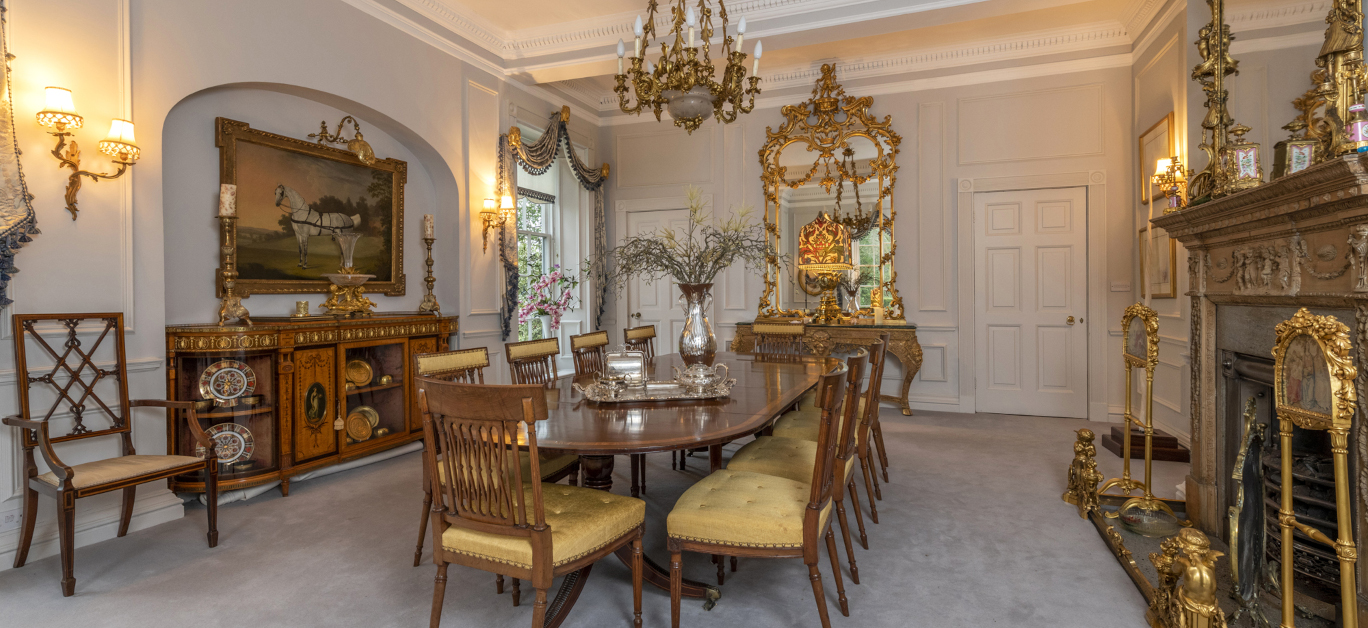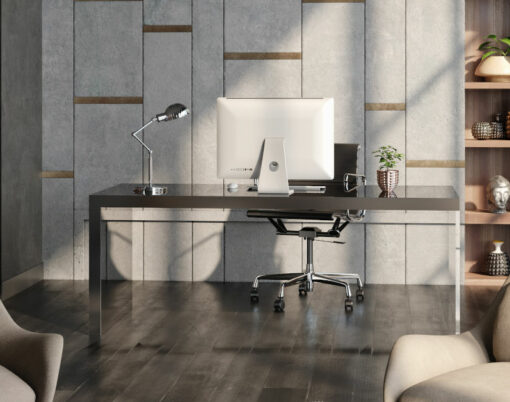Words by Holly Johnson, founder of Holly Johnson Antiques
When it comes to choosing antiques for your home’s reception room, you will firstly need to consider the desired look you want to create, is it eclectic or does it emulate a specific period/style? And what ambience are you hoping for? Do you see yourself living in a rustic provincial farmhouse or a lavishly formal Georgian or Regency style home? Or perhaps you would prefer a house with a more of a modern, mid-century British and Danish Modern aesthetic, or even more contemporary styling?
These choices will inspire you to consider pieces from craftsmen and designers, who will be most fitting to your desired look, whether this be the woods they work with, or the fabrics, wallcoverings and flooring that will complement your choices.
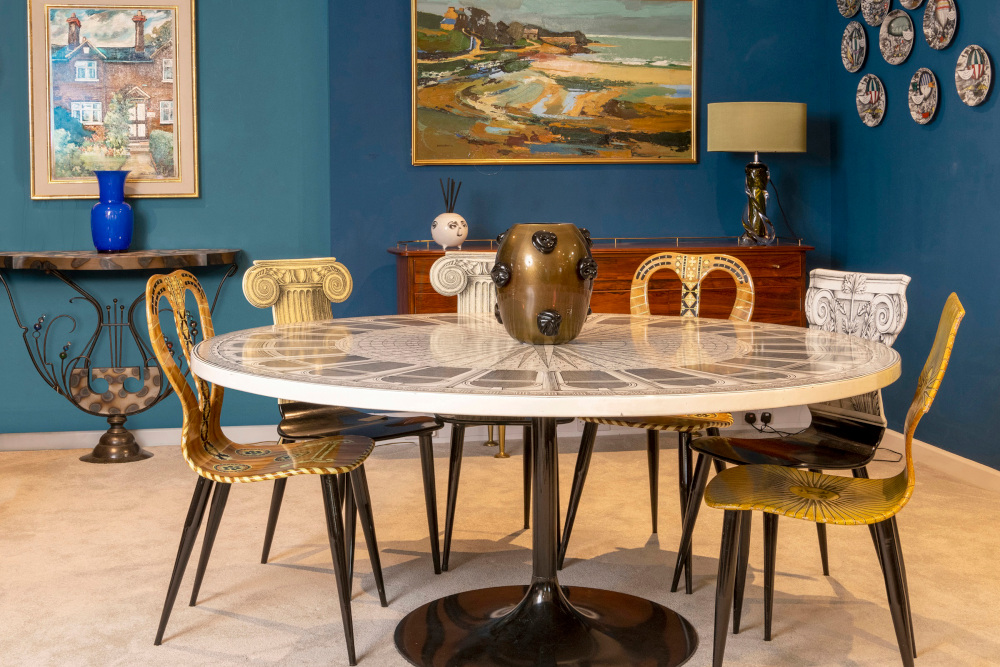
The dining room is one area of the house which will vastly differ according to the period you are wishing to recreate. If you are thinking of incorporating a farmhouse style in your home, then arts and crafts furniture fits very well here with its simple shapes using traditional native woods such as oak. This is because this movement of design was very organic in the sense it reflected nature by the choice of materials and shapes. Designers to consider are Robert ‘Mouseman’ Thompson, Neville Neal, Edward Barnsley, Arthur Simpson and George Henry Walton.
For a more formal, lavish dining area you may like to consider the Georgian, Regency or Victorian eras, where heavily intricate details were fashionable, and the wood was a lot deeper and richer in colour. To name a few designers and manufacturers to keep on your radar would be Heals, Lamb of Manchester and Gillows.
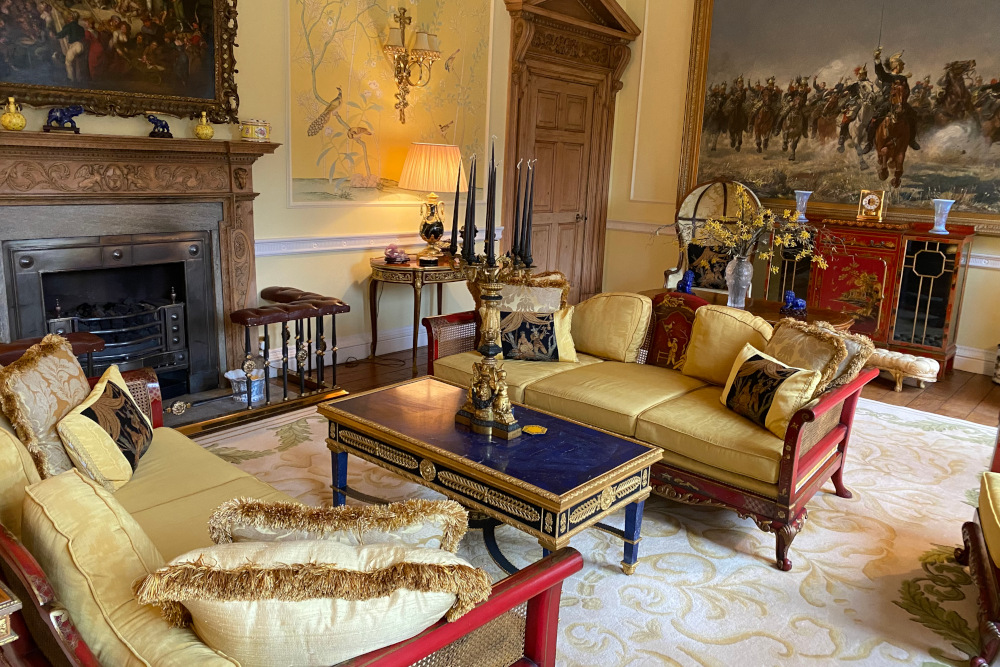
A way of creating formal dining was to have separate tables to serve away from the seating, this was achieved by either using side tables, cabinets or etageres. For a formal aesthetic, I would recommend bringing in a display cabinet. This allows you to showcase your favourite tableware/decorative accessories which becomes a piece of art in its own right.
If you desire more of a modern style dining room, then mid century designers to explore are Aldo Tura, Piero Fornasetti, Hans Brattrud, Paolo Buffa, Peter Waals and Andrew J Milne – they have some exemplary dining sets. What to look for is simpler shapes and designs, but with modern finishes and simple tapered legs, sometimes graphically printed, and sometimes including industrial materials.
In Georgian, Regency and Victorian eras, we see the ‘living room’ as more of a drawing room, where you formally received guests. These rooms were often the most glamorous in the entire house; much more opulently dressed, with beautiful drapes and elegant chairs. Such rooms, especially in the Georgian period were seen as multi-functional, with furniture being brought in and out to suit the purpose of the occasion. As the room lends itself to more of a ballroom, much of the room would be cleared when it came time to dance, for example.
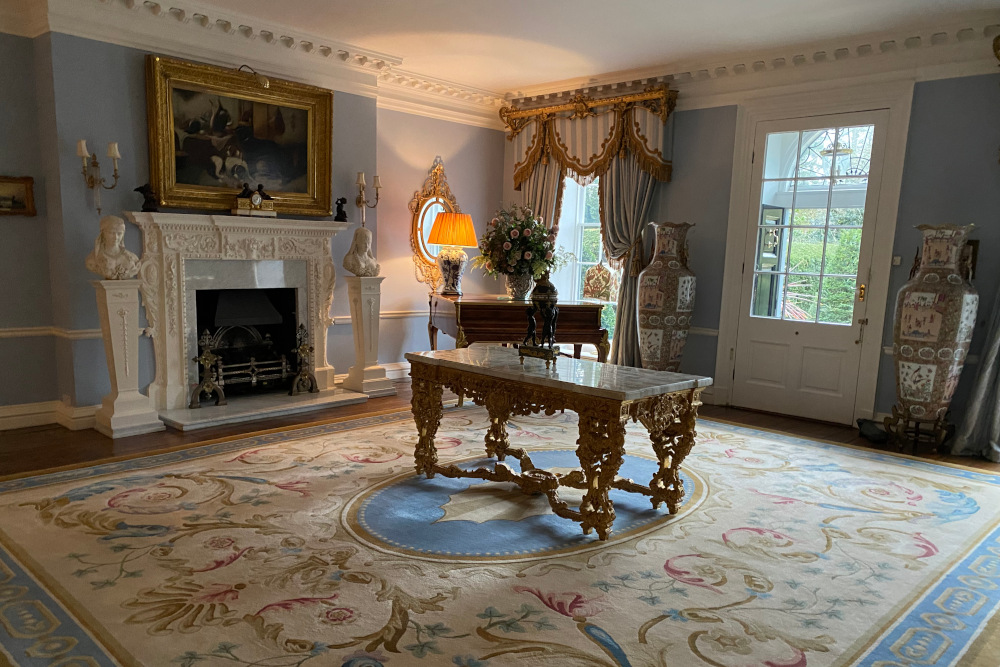
After dinner, the gentlemen may even retire to the drawing room, as the ‘smoking room’ (as an alternative to the library), or card tables brought in. Less formal living rooms co-existed, such as ‘the morning room’.
For a true Georgian and Regency feel, you should be looking to dress the rooms with more ornate upright seating, with Adams-style Neoclassical pieces. Items by designers and cabinet makers George Hepplewhite and Chippendale would also be well placed.
At the end of the 19th century, we see a move towards a much more lounging focus, as seating becomes larger and with an emphasis on comfort. Pieces by bespoke furniture maker Howard and Sons, with their handmade lounging chairs are typical of this shift. Patterned fabrics by designers such as William Morris are very fashionable at this time.
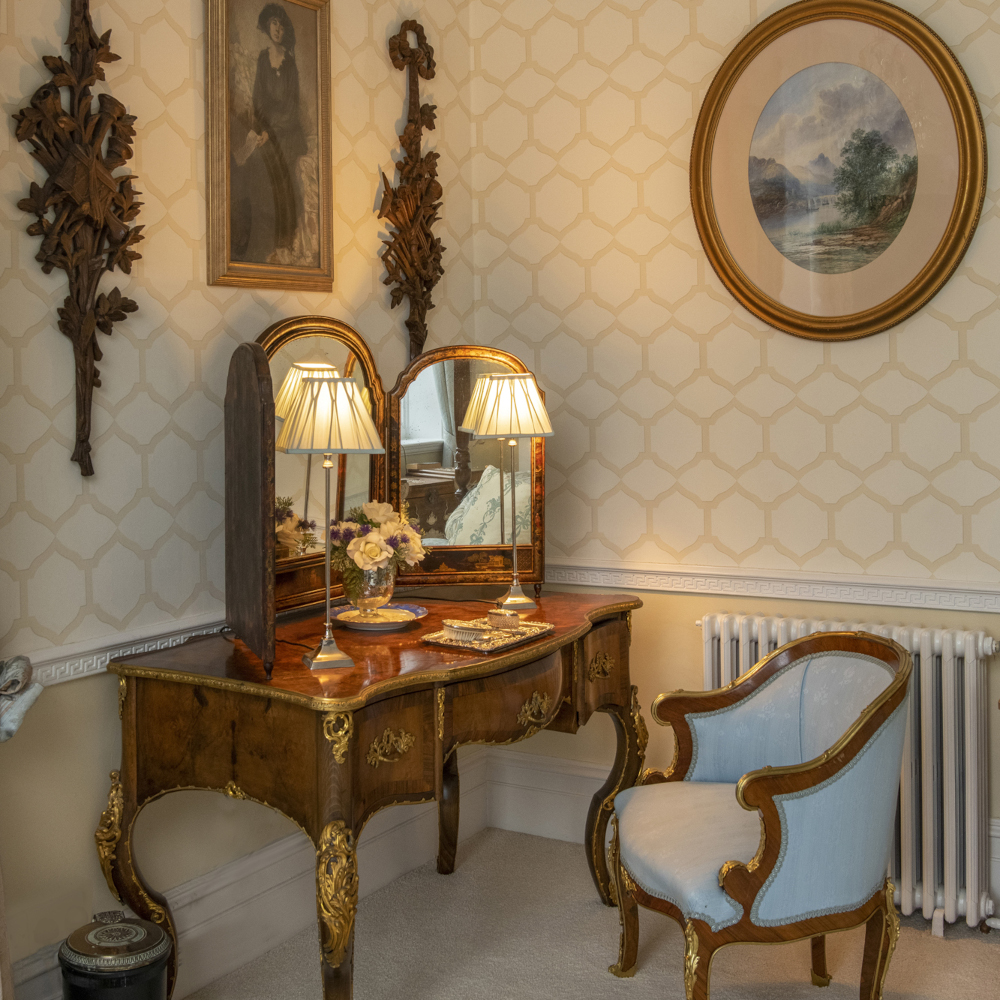
In regards to emulating the window dressing of the specific periods, as with the furnishing fabrics, in Georgian homes, the drapes were lighter in colour and with a French influence, and as we moved into the Victorian era, we see much more heavy colours becoming in vogue, and heavier fabrics such as velvet gaining popularity.
Arriving in the 20th century, and the Art Deco movement, we see much more cleaner and stylised looks making their mark on the interiors of the day, with glamourous symmetry and bold shapes and, in terms of seating, leather sofas were becoming popular.
Visit hollyjohnsonantiques.com to discover more.












